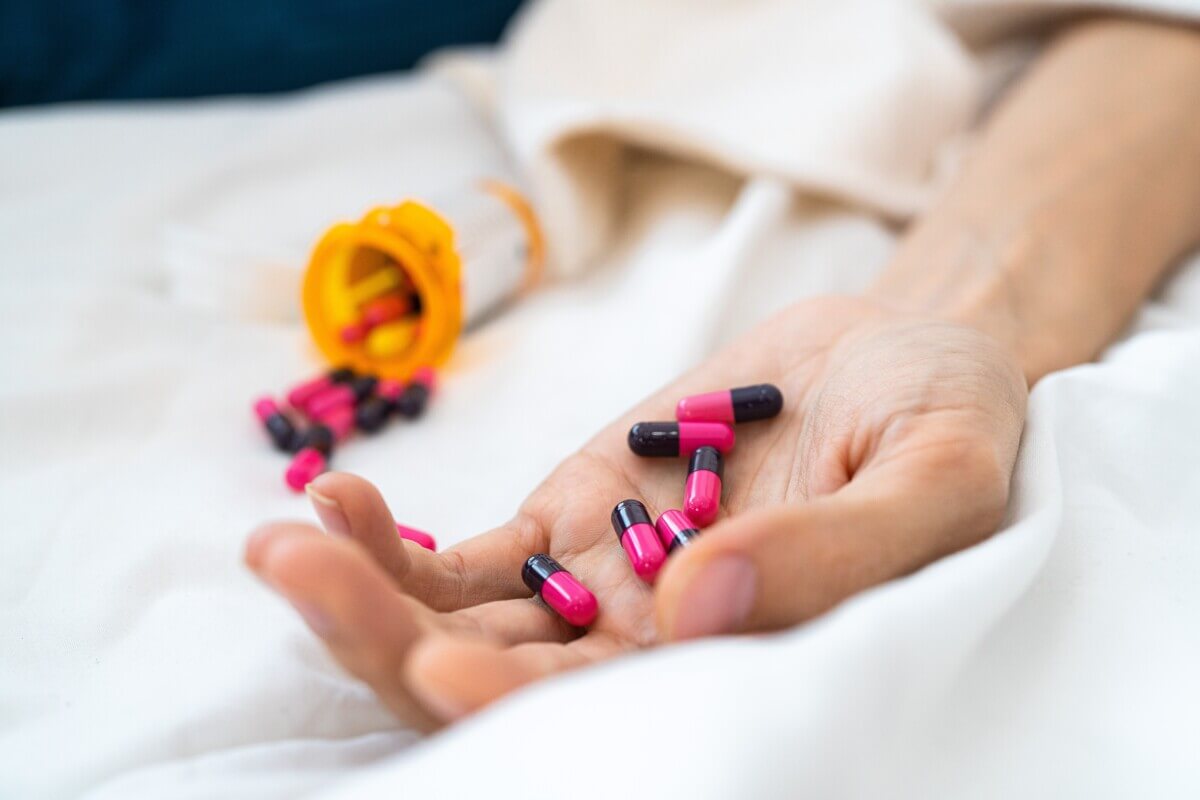
(Credit: ultramansk/Shutterstock)
CHARLOTTESVILLE, Va. — America's drug crisis may be reaching an unprecedented new level. A worrying new study by researchers from the University of Virginia School of Medicine reveals that America's poison centers are dealing with a surge in severe cases that are far more likely to lead to serious harm or death — for both adults and children.
The findings, in a nutshell
The numbers are stark: From 2007 to 2021, calls about intentional poisonings that resulted in adult deaths skyrocketed by a staggering 234%. Severe outcomes from unintentional poisonings also rose, with cases causing severe harm up 37% and deaths up 65%.
Alarmingly, the trends reported in the journal Clinical Toxicology extend to children as well. While total pediatric poisoning cases declined, those resulting in severe harm or death spiked 77% for intentional exposures and 190% for unintentional ones. The increases cut across all ages, reflecting a disturbing national pattern.
Minor poisoning cases declined as severe ones became more common - likely driven by the mental health crisis, the proliferation of potent synthetic drugs like fentanyl, and risky medication misuse.
“We were not surprised by the study findings. In fact, what prompted us to look at the data on a national level is the increased severity of cases we are seeing at UVA Health’s Blue Ridge Poison Center,” says researcher Christopher Holstege, MD, chief of the Division of Medical Toxicology at UVA’s School of Medicine, in a media release.
“The cause for this trend is multifactorial: We have experienced a growing mental health crisis in the nation’s youth, and we are finding an increasing number of dangerous novel psychoactive substances such as synthetic opioids and designer benzodiazepines entering society.”

Millions affected by the latest report
To better understand the poisoning landscape, the UVA team analyzed a massive dataset: over 33 million exposure cases reported to U.S. poison centers from 2007 through 2021. This included nearly eight million unintentional adult exposures, 3.9 million intentional adult poisonings, 18.7 million unintentional pediatric cases, and 1.6 million intentional pediatric exposures.
Their rigorous review confirmed what poison experts suspected: Call severity was steadily worsening over time. Cases with minor effects dropped as those with severe repercussions like disability, disfigurement, or death became more frequent across all age groups.
Dr. Holstege points to the influx of hazardous synthetic opioids and designer benzos contaminating the drug supply. Normally, benzodiazepines are a class of psychoactive drugs that act as central nervous system depressants. They are commonly prescribed for the treatment of anxiety, insomnia, seizures, muscle spasms, and alcohol withdrawal.
Synthetic opioids are a class of drugs that are chemically manufactured to mimic the pain-relieving properties of opiates, which are derived from the opium poppy. Unlike natural opioids (such as morphine and codeine) and semi-synthetic opioids (like oxycodone and hydrocodone), synthetic opioids are entirely created in laboratories. Some of the most commonly known synthetic opioids include fentanyl, methadone, and tramadol.
Synthetic opioids, especially fentanyl, are extremely potent. For instance, fentanyl is about 50 to 100 times more potent than morphine. This high potency significantly increases the risk of overdose, as very small amounts can cause lethal effects. The researchers explain that simple accidents like medication mix-ups or environmental exposures to these drugs are also proving more devastating than ever before.
While call severity climbed, admissions to critical care units didn't rise proportionally - possibly due to pandemic strains on healthcare capacity. Still, with tougher cases becoming the norm, poison centers may need to adapt by bringing more specialized toxicology expertise online to support their front-line staff.
“As a society, we should be concerned at these trends pertaining to children,” says Dr. Holstege, who is also the director of UVA Health’s Blue Ridge Poison Center. “We need to collaboratively strategize on better delineating the root causes for such severe cases of pediatric poisonings, especially in the realms of mental health and substance use and misuse.”










